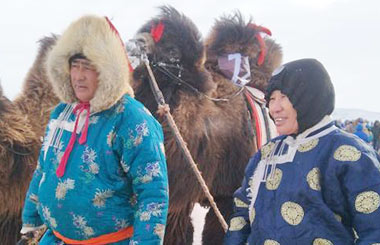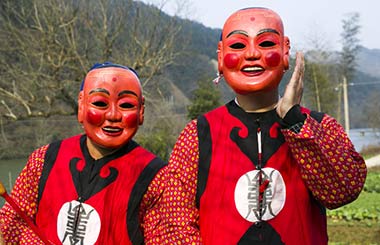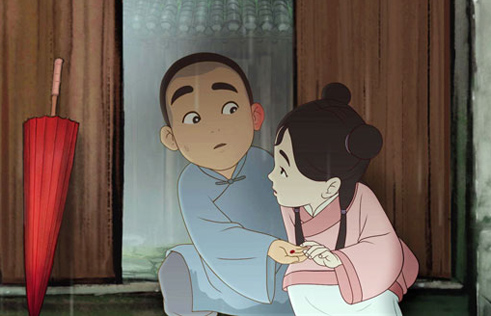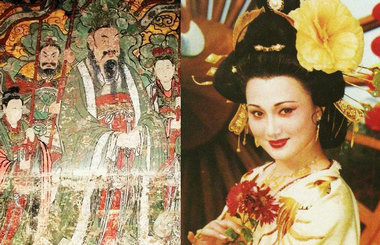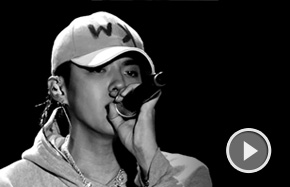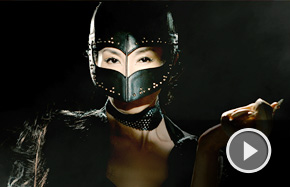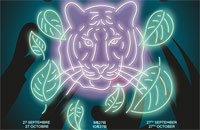A look at Sinologists through the centuries
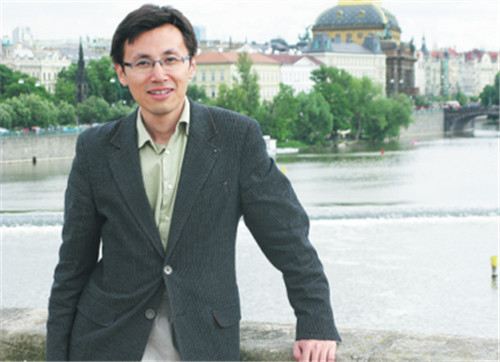 |
|
Gu Jun, deputy director of the International Institute of Chinese Studies in Beijing Foreign Studies University, studies the introduction of modern Chinese literature before 1949. [Photo provided to China Daily] |
Matteo Ricci arrived in Beijing with other Italian missionaries in the late 16th century.
They not only preached but also studied Chinese culture and translated Confucian classics into such Western languages as Italian and Latin.
It was a milestone in the history of foreigners studying China and introducing the country's culture to the West, says Gu Jun, deputy director of the International Institute of Chinese Studies in Beijing Foreign Studies University.
The institute opened in 1996, which gradually developed into the country's first Overseas Sinology Research Center .
The institute explores the trajectories and methods of spreading Chinese culture around the world by looking at successful examples in history, Gu says.
The 43-year-old was among the first scholars to join the center.
His research mostly focuses on translation and the introduction of modern Chinese literature before the 1949 founding of the People's Republic of China.
Gu also researches the overseas reception of ancient Chinese literature, "which is a much bigger topic that requires more time and energy", he says.
Ricci died in Beijing at the beginning of the 17th century.
The translations he and his team produced are still used.








